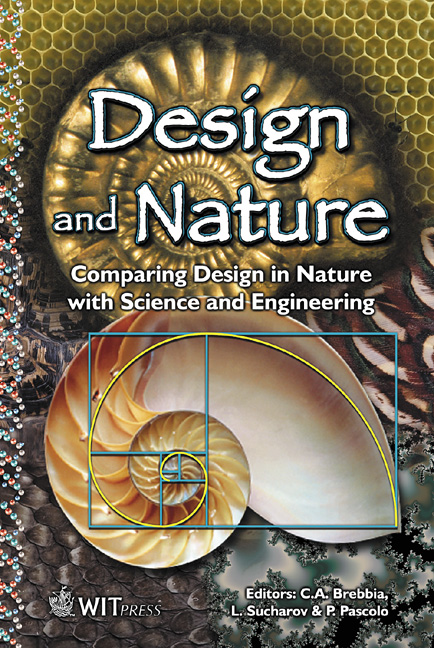A District Oriented Approach To Energy Analysis: A Case Study From The Food Industry
Price
Free (open access)
Transaction
Volume
57
Pages
Published
2002
Size
656 kb
Paper DOI
10.2495/DN020191
Copyright
WIT Press
Author(s)
D. Chinese & A. Meneghetti
Abstract
A district oriented approach to energy analysis: a case study from the food industry D. Chinese & A. Meneghetti DiEM -Department of Energy Technologies, University of Udine, Italy Abstract Considering the particular structure of the Italian productive system, characterised by local concentration of a great number of small-medium sized enterprises in industrial districts, this study aims at developing a \“district- oriented” approach to energy analysis. A combination of statistical methods is proposed in order to describe similarities, variability and relations among different industries within the same district, so that opportune indicators can be introduced. In this way, several small-sized industries can be analysed and similar solutions can be evaluated, without consuming excessive resources. As a case study, a research carried out in the world-wide known ham producing district of the \“Prosciutto di San Daniele” in north-eastern Italy is presented. Information has been gathered on-site, in order to acquire an accurate description of the systems and to identify the opportunities for energy recovery. A statistical analysis has been conducted, determining relations between energy consumption and productive features. Thereby, homogeneity and heterogeneity in the energy needs and behaviour within the district could be highlighted and possible improvements could be proposed. 1 Introduction A necessary step for any improvement of sustainability in industrial systems is represented by the understanding of their requirements, in particular of physical flows associated with their operation. To this end, widely utilised tools are energy, exergy and material flows analysis [l- 31. Many applications of these instruments can be retrieved in literature, where two main aggregation levels can be identified. At a first aggregation level, single productive processes carried out in an industrial facility represent the subject of investigation, which aims at designing new processes or at optimising existing ones (e.g. [2]) basing on data
Keywords





